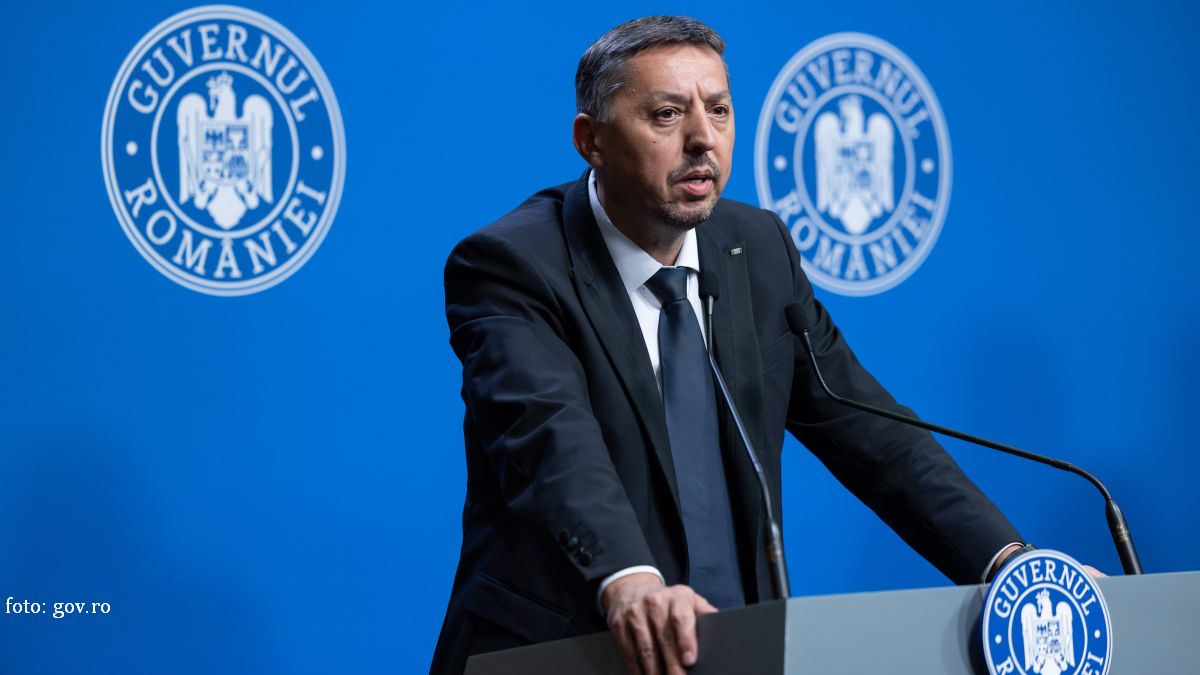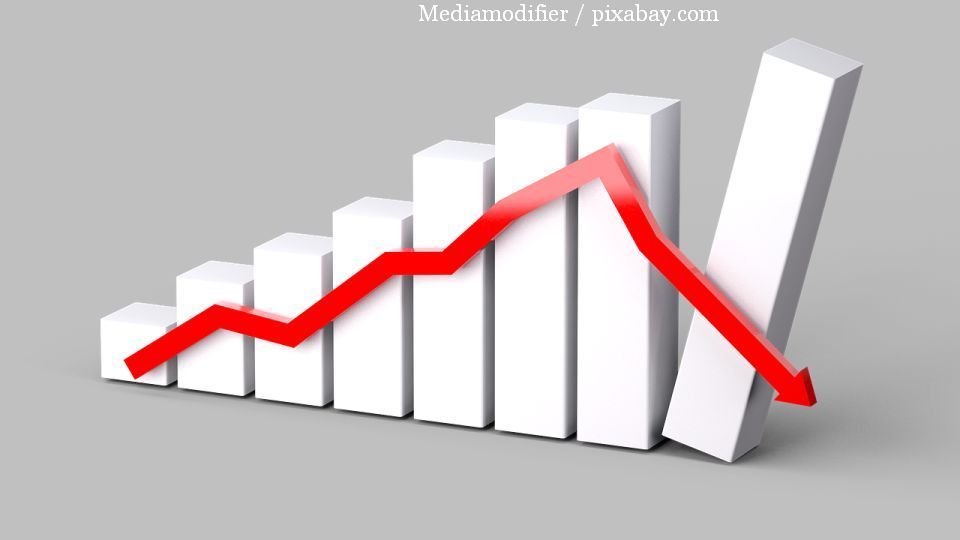Economic forecasts for Romania
Romania will continue to report a robust economic growth, the European Commission expects

Ştefan Stoica, 12.11.2021, 13:50
The
European Commission has slightly lowered its economic growth forecast for Romania.
Therefore, our country’s economic growth is expected to stand at 7%, compared
to the original estimate of 7.4% presented in July. The Commission expects
Romania’s GDP to exceed the level reported before the pandemic and to continue
to expand in the future to approximately 5%, fueled by domestic consumption and
investments under the Recovery and Resilience Plan. Economic growth is
endangered by the low rate of vaccination, travel restrictions that might
affect consumption and possible delays in implementing the National Recovery
and Resilience Plan. EU Economy Commissioner, Paolo Gentiloni, warned that
growth prospects at EU level are put at risk by the increasing number of
infections in countries with low vaccination rates.
The EU official also
referred to a growing pressure on production in Member States due to deadlocks
reported in global distribution chains. Romania fares slightly better compared
to other EU states in terms of economic growth. Conversely, its inflation rate
is above the EU average, whereas unemployment will go down less compared to
other states. The Central Bank recently announced the inflation rate last month
reached nearly 8%, the highest level reported in the last 13 years. The price
hikes for energy and fuel, by nearly 25% higher compared to October 2020, have
increased prices across the board, and the trend will continue into the second
half of next year, the Central Bank and economic experts have warned. Next
month, the inflation rate is expected to stand at 7.5% and will reportedly go
down to 5.9% at the end of next year. The Central Bank says these estimates exceed
the forecast present in August due to the latest energy price hikes. Central
Bank spokesman, Dan Suciu, referred to the future evolution of prices:
Price
hikes are largely behind us now. That doesn’t mean we will see prices going
down soon. Where prices will go up, the increase will be marginal. The
inflation rate will continue to grow constantly until the end of 2021, and will
start dropping slightly until April, due to compensations, energy subsidies expected
to take effect starting November 1, and whose effects will start to show in
April. But again, the difference will be marginal.
Last
month, natural gas reported the highest increase compared to the previous month,
over 21%. The only category that reported a significant drop in prices was air
travel, over 16%. (VP)






























